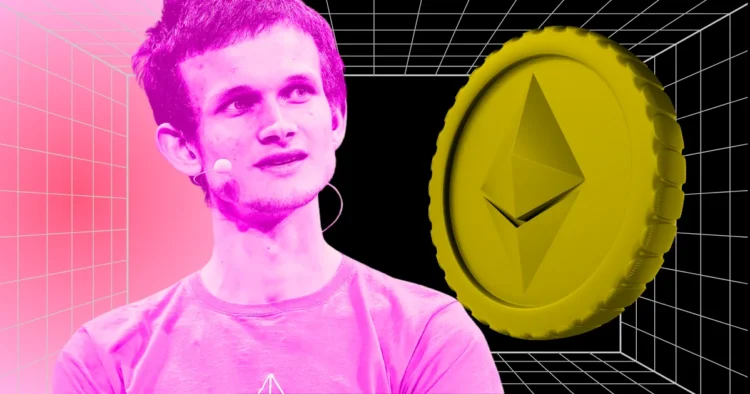Ethereum, the second-largest cryptocurrency by market capitalization, has long been plagued by high gas fees, particularly during periods of intense network activity. These fees have been a barrier for many users, often causing frustration and slowing down transaction speeds. Now, Ethereum’s co-founder, Vitalik Buterin, is proposing a solution aimed at reducing these fees and enhancing the network’s efficiency. But can these changes truly help Ethereum maintain its edge over burgeoning competitors like Solana? This article delves into the implications of Buterin’s proposal and its potential impact on the blockchain landscape.
Ethereum’s Gas Fees Could Get Cheaper
Vitalik Buterin’s plan centers around a strategic reduction in Ethereum’s transaction costs. The current high gas fees have been a significant challenge for the network, so the proposed changes aim to lower fees for certain operations within the Ethereum Virtual Machine (EVM). Specifically, Buterin suggests reducing the gas fees for operations that currently fall within the 2-5 range down to 1, and those in the 6-10 range down to 2. Additionally, log operations could see a reduction of nearly four times their current cost.
Buterin articulates his vision succinctly: “I think my ideal is deep but selective cuts: reduce the gas cost of every EVM opcode that’s currently in the 2-5 range to 1, and in the 6-10 range to 2; cut gas cost of log by 4x; cut gas cost of precompiles (except the ones we want to retire). Can probably get 1.5x TPS…” This change could enhance Ethereum’s Transactions Per Second (TPS) by as much as 1.5 times, all while avoiding issues like excessive data accumulation. This strategic move is particularly timely, given the rapid advancements of competitors such as Solana.
Can Ethereum Keep Up with Solana?
Solana, one of Ethereum’s primary competitors, has recently outpaced Ethereum in daily gas fee revenue. This surge is largely driven by the popularity of AI meme coins like Goatseus Maximus (GOAT). As Solana continues to capture attention and market share, Ethereum faces mounting pressure to innovate and remain relevant. Vitalik’s proposal to slash gas fees could be the catalyst Ethereum needs to keep pace with Solana’s rapid growth. However, the question remains: Is this enough?
Solana is making significant strides in the blockchain space, and Ethereum must continue to innovate and adapt to maintain its leading position. With the proposed gas fee reductions, Ethereum has the potential to become more attractive to users and developers alike, potentially safeguarding its future in the competitive blockchain arena.
Ethereum’s Price Action
From a technical perspective, Ethereum has been trading within an upward parallel channel. However, a recent surge led to an upward breakout that quickly failed. On October 21, Ethereum’s price was rejected at $2,773, resulting in a decline to $2,454. Currently, ETH is trading around $2,531.
Technical indicators paint a cautious picture for Ethereum. The Moving Average Convergence Divergence (MACD) has dipped below the signal line, hovering around -32, while the 100-day and 200-day moving averages are positioned just above the current price, presenting a formidable resistance. The Relative Strength Index (RSI) is at a low 31, indicating that the coin may be oversold. Despite these bearish signals, the divergence between RSI and price movements suggests a potential rebound in the near future.
What to Expect
Vitalik’s proposal holds promise as a potential game-changer for Ethereum, especially if it successfully reduces gas fees. For Ethereum to remain competitive, particularly with Solana’s aggressive push, these changes are crucial. Should the gas fees decrease and Ethereum’s efficiency improve, the network may retain its leadership position in the blockchain space.
On the price front, Ethereum may face some short-term challenges. However, with the potential for reduced gas fees and increased network efficiency, there is optimism for a recovery. As the situation unfolds, stakeholders in the crypto community will keenly await the outcomes of these proposed changes, making it a crucial period for Ethereum’s future.










